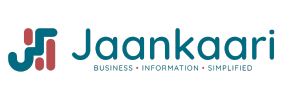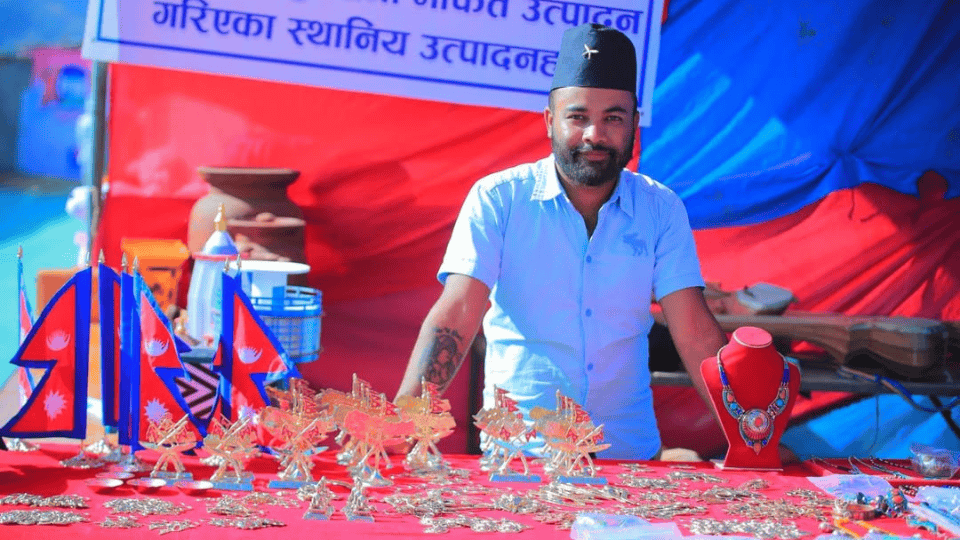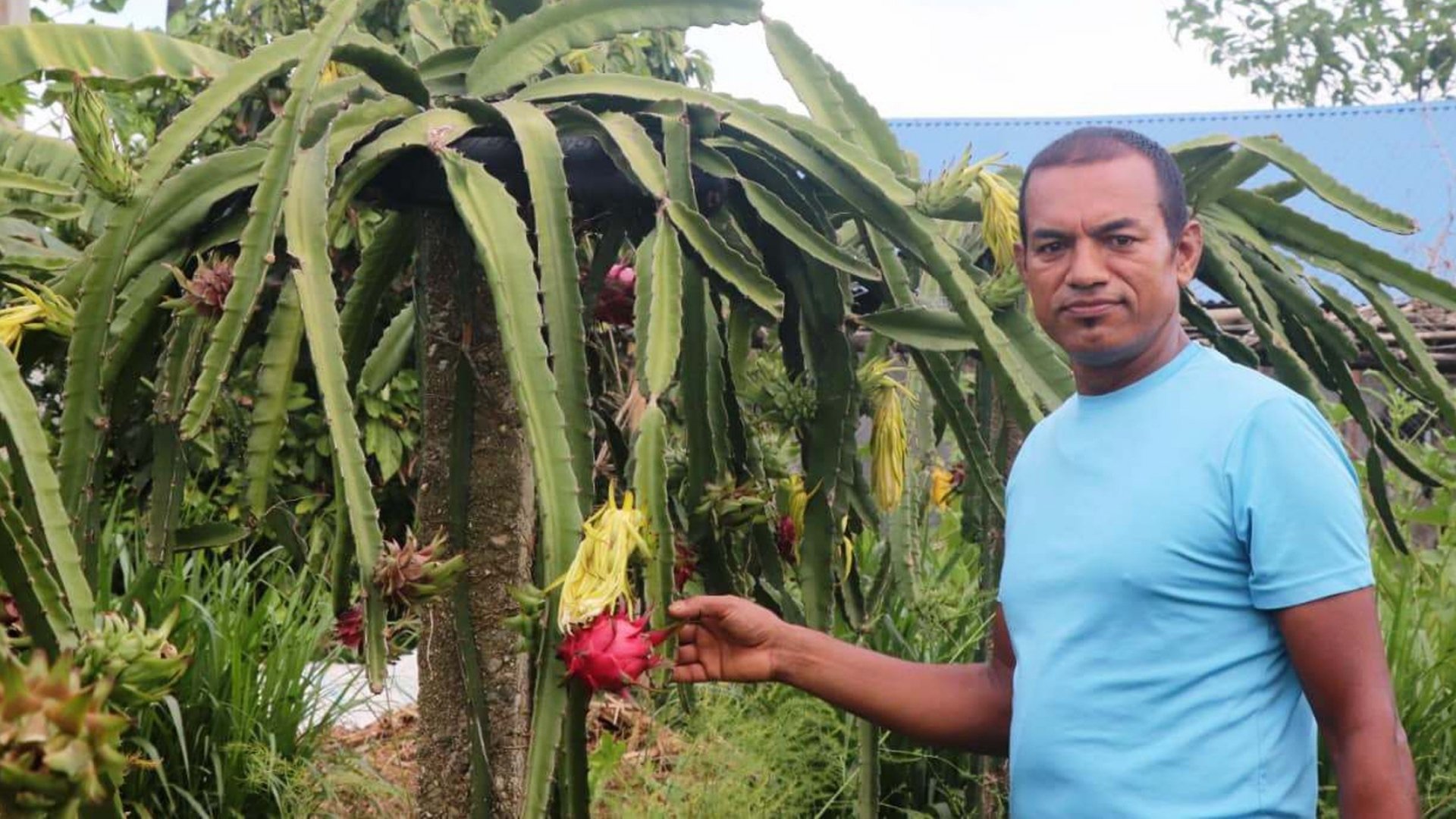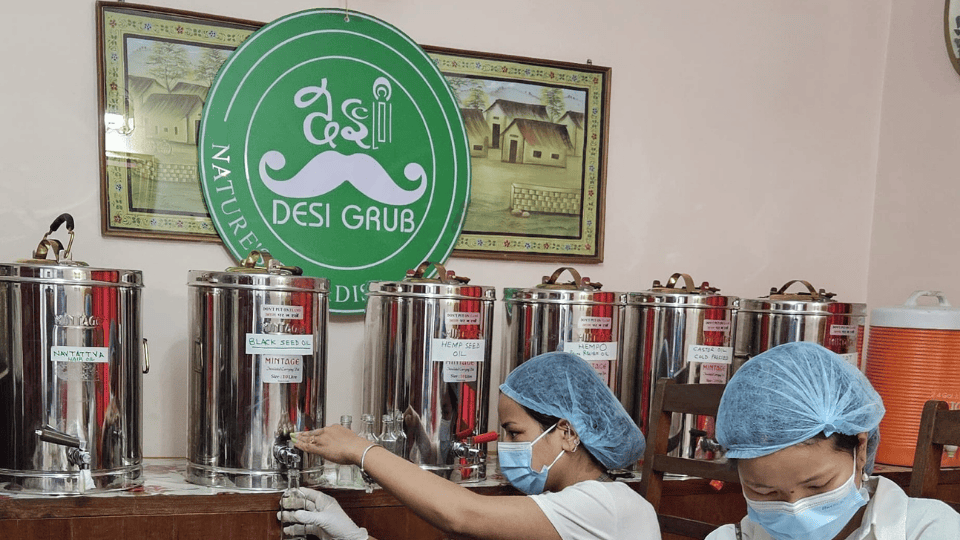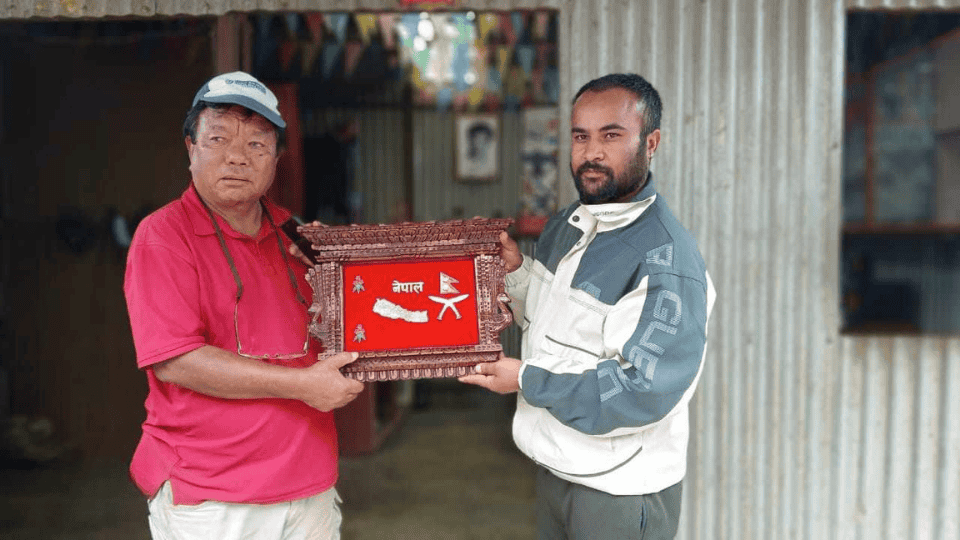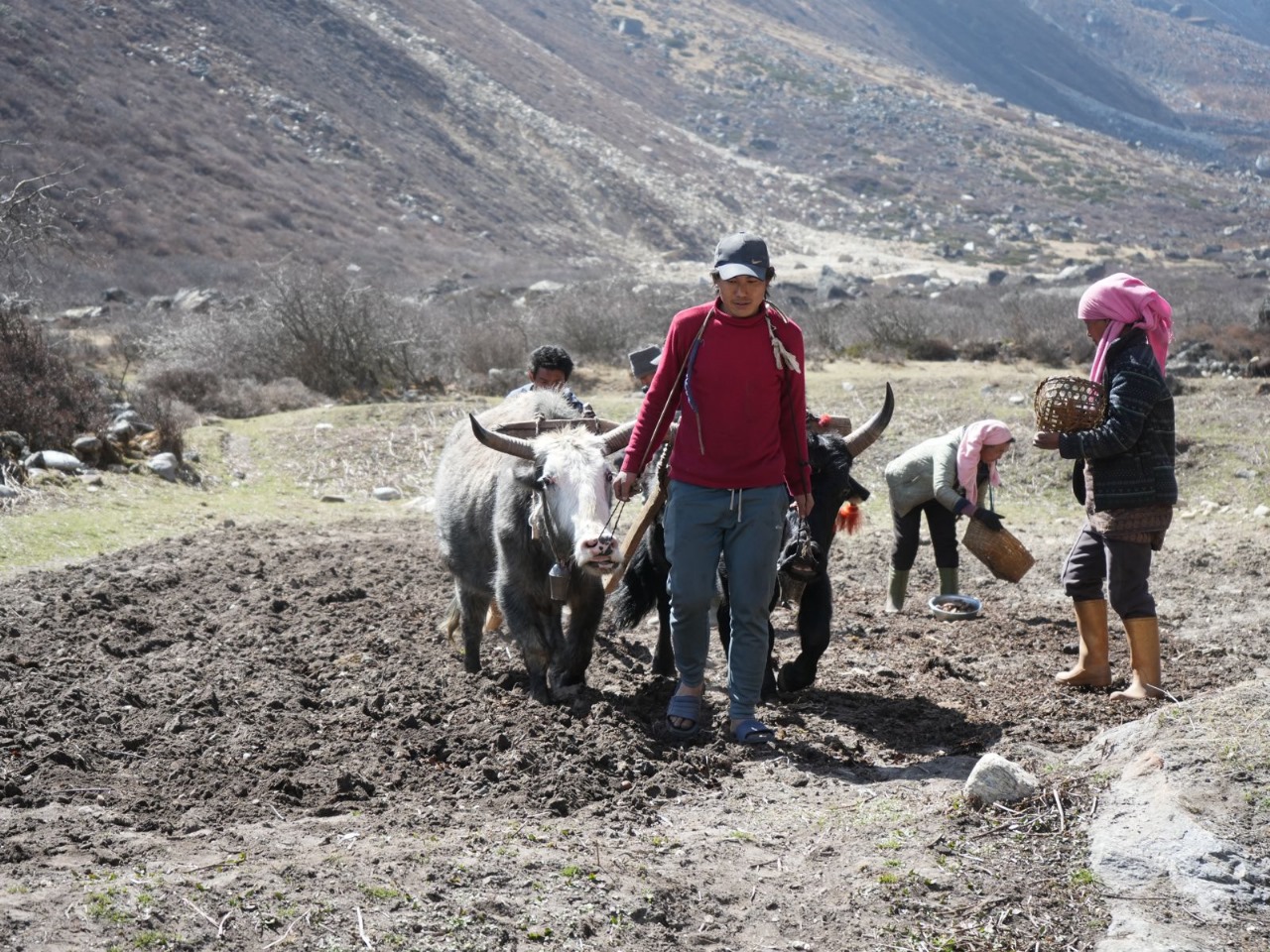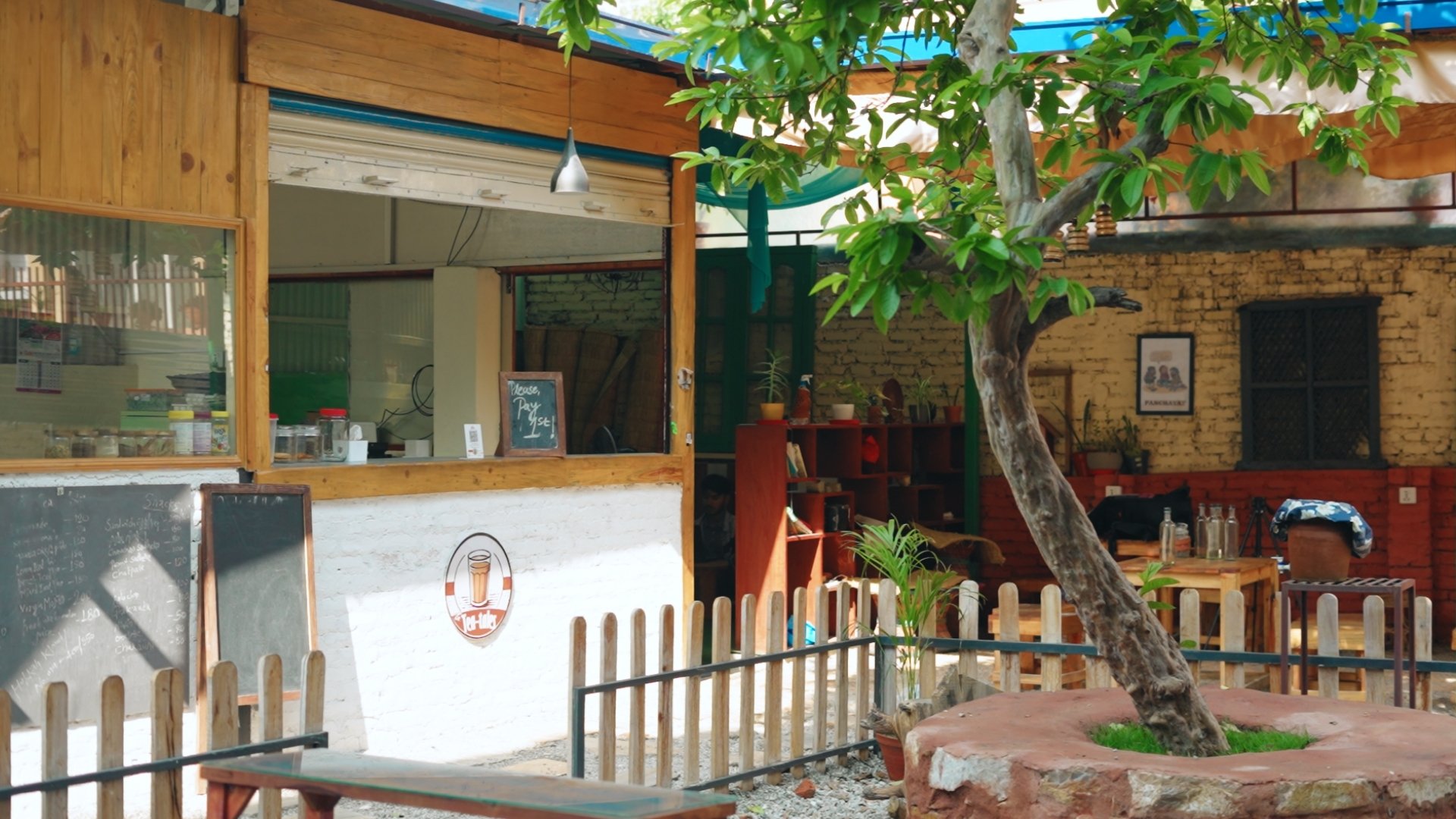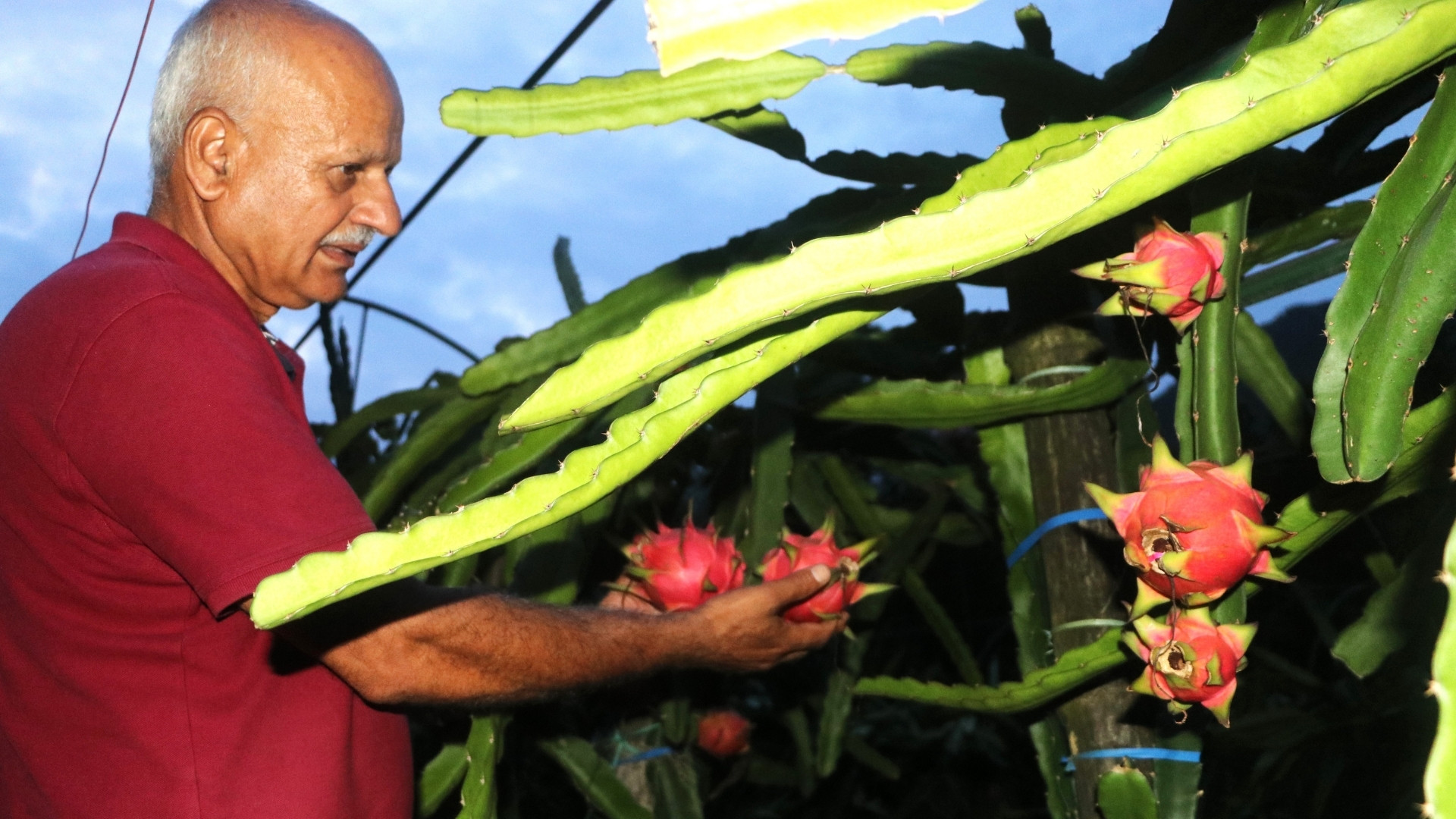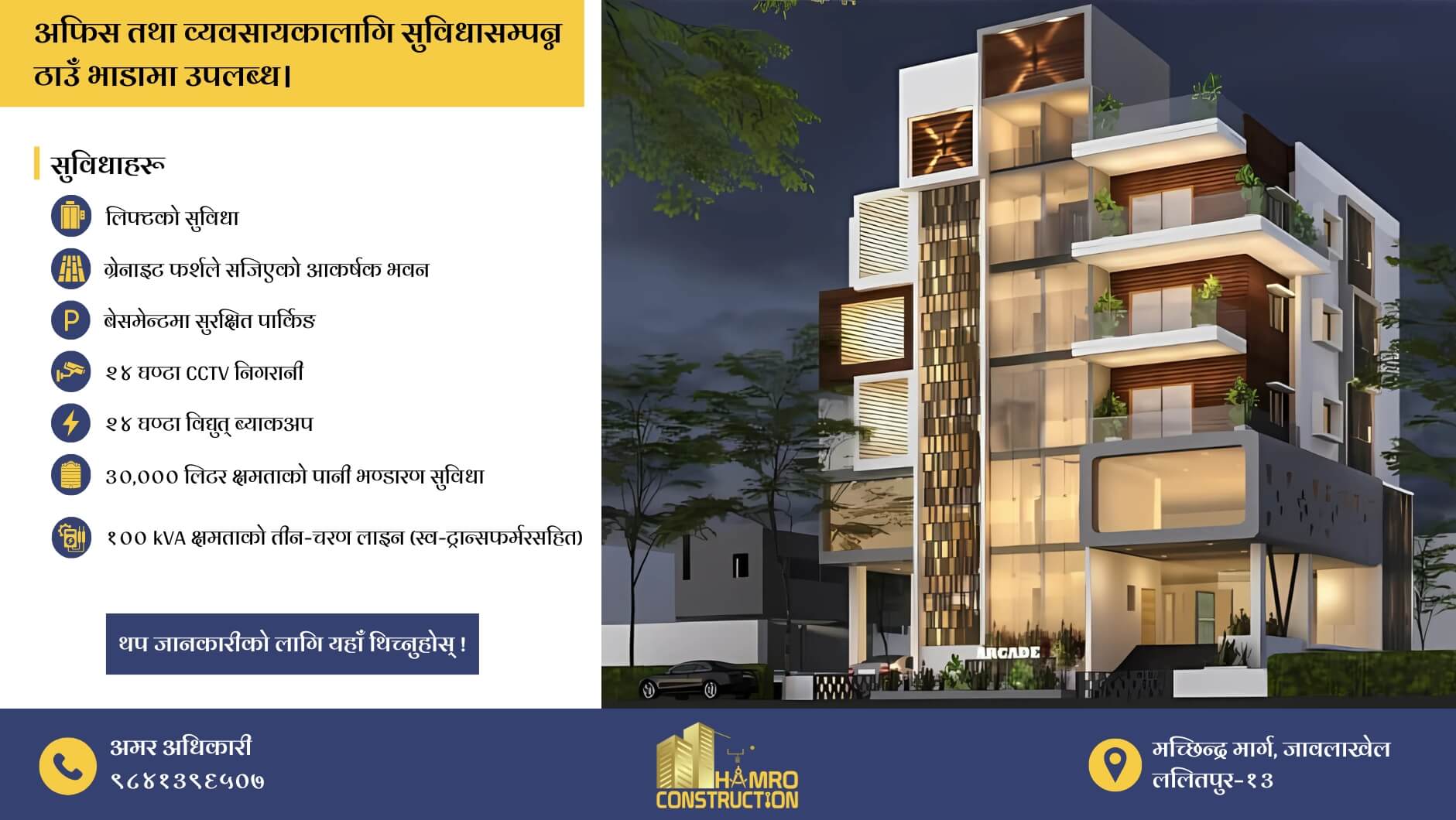Many startups and small enterprises in Nepal jump straight into execution without testing whether their idea will actually work in the market. As a result, they risk wasting time, money, and energy.
Business incubation is not only about support from incubators—it’s about how an entrepreneur carefully matures an idea into a tested, validated business concept before investing fully.
This guide provides simple, low-cost techniques for Nepalese MSMEs and early-stage entrepreneurs to validate their ideas effectively—whether you’re launching a tea shop in Bhaktapur, a mobile repair service in Dhangadhi, or a digital skills center in Dang.
1. Why Idea Testing Matters
- Reduces the risk of failure
- Confirms whether there’s real customer demand
- Helps refine your product/service to fit local needs
- Makes your business pitch stronger when seeking funding or partners
“Heri bujhna sakine bhaye agadi jaane kura sajilo hunthyo.” (If we could know in advance, moving forward would be easier.) — A saying that sums up the value of idea validation.
2. Understand the Problem You’re Solving
Good business ideas solve a real problem. Before creating your product or service, ask:
- Who has this problem?
- How are they solving it now?
- Are they willing to pay for a better solution?
Example: A woman in Pokhara launched a baby food business after observing that working mothers lacked time for nutritious home-cooked food. She first interviewed 20 mothers and sold small batches from her kitchen before renting space.
3. Talk to Potential Customers
Don’t guess—ask. This can be done informally but systematically:
- Talk to 15–20 people from your target market
- Ask open-ended questions: What do they struggle with? What would they pay for?
- Observe patterns: Are multiple people mentioning the same frustration?
Tools like Google Forms, Facebook polls, or just a notebook and curiosity can reveal more than months of speculation.
4. Run a Smoke Test
A smoke test checks whether people are interested in your offering—before you actually launch it.
Examples:
- Create a simple Facebook page and run a small ad for your idea (e.g., organic pickles, tuition classes, delivery service).
- See how many people engage, message, or sign up—even if you haven’t built the product yet.
This is a powerful, low-cost method used by tech startups in Nepal to test demand before building full apps or services.
5. Build a Minimum Viable Product (MVP)
An MVP is a very basic version of your product or service that helps you gather feedback. It should cost the least and tell you the most.
MVP Examples from Nepal:
- A farmer in Nawalparasi started by selling seasonal vegetables through Facebook Messenger before building an e-commerce platform.
- A training institute in Butwal offered free demo classes to test demand for computer skills before investing in equipment.
- A coffee shop in Lalitpur started with a takeaway counter to test location viability before expanding into a sit-down space.
Start with something small and imperfect. Let your first customers help shape the final product.
6. Use the Lean Canvas
The Lean Canvas is a one-page planning tool that helps you quickly visualize key aspects of your business. It covers:
- Problem
- Solution
- Target Customer
- Unique Value Proposition
- Revenue Streams
You can download Nepali-translated Lean Canvas templates from business support organizations or simply draw it on paper.
Tip: Fill your Lean Canvas after doing basic customer interviews. It will be more realistic.
7. Prototype the Experience
Before launching, simulate the experience of using your product or service:
- Set up a mock-up counter in a local fair or market
- Offer a limited-time trial
- Use cardboard prototypes, sample menus, or printed flyers to test reactions
Some of Nepal’s most successful social enterprises started from roadshows, school demos, and trial booths at Mela events.
8. Track Feedback and Iterate
- Keep a record of every piece of feedback
- Note what excites or frustrates your test users
- Update your offering regularly during incubation
Incubation is a cycle: Test → Learn → Adjust → Repeat.
9. When Are You Ready to Launch?
You don’t need 100% certainty—just enough validation to move with confidence. You’re ready when:
- People show willingness to pay
- Your MVP solves a real pain point
- Feedback is more about “how to improve” than “whether it’s needed”
It’s better to launch small and strong than big and blind.
Final Checklist: Is Your Idea Ready?
✅ Have you spoken with real customers?
✅ Did you identify a specific problem and target group?
✅ Did you test interest using a simple MVP or smoke test?
✅ Do you have initial feedback that supports moving forward?
Final Note
Don’t fall in love with your idea—fall in love with the problem you’re solving. A tested idea, even if small, has more power than an untested dream. Incubate patiently, validate deeply, and launch wisely.
